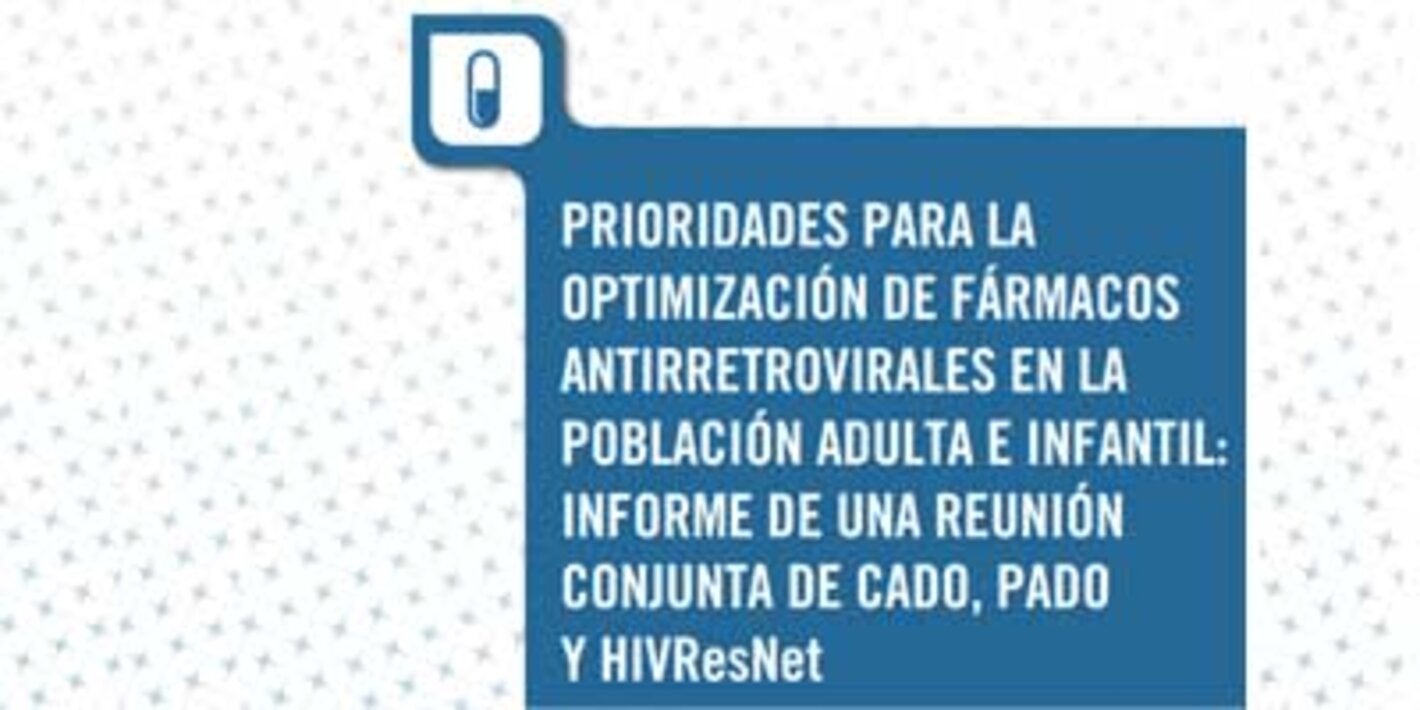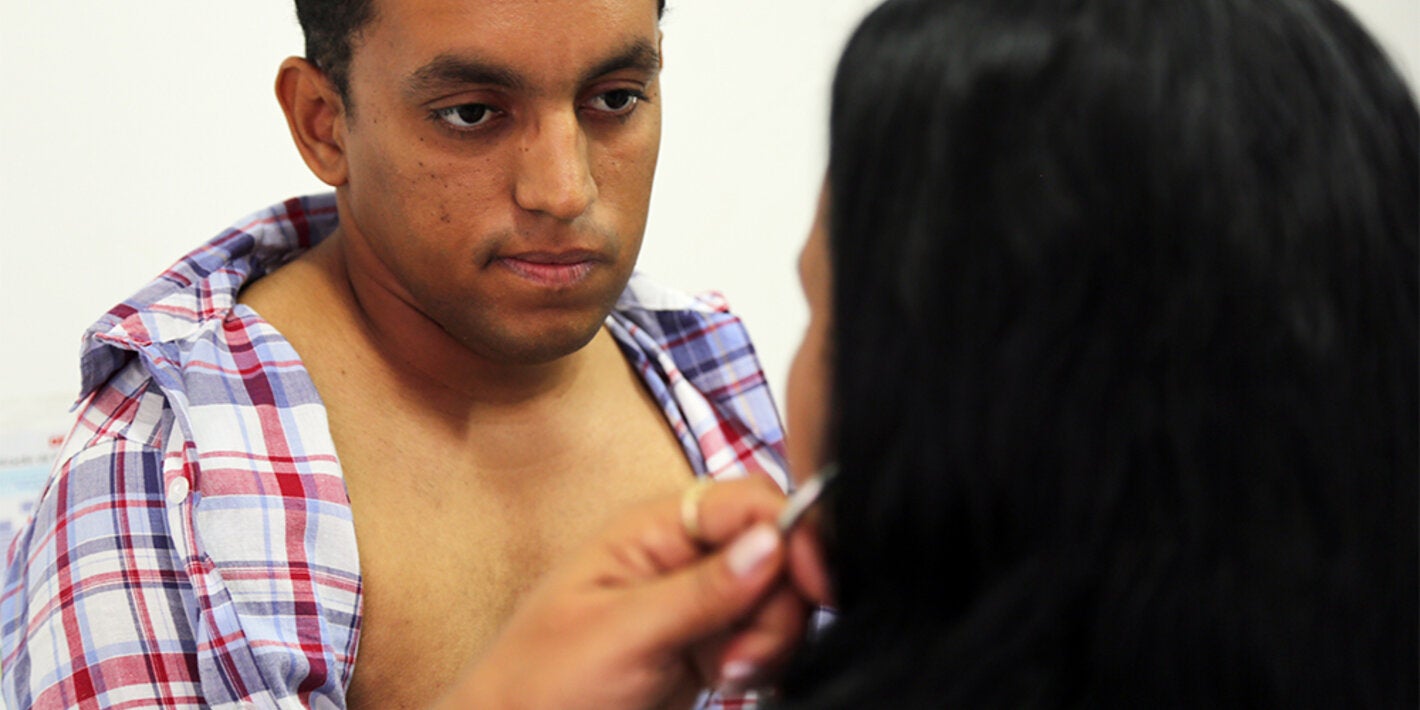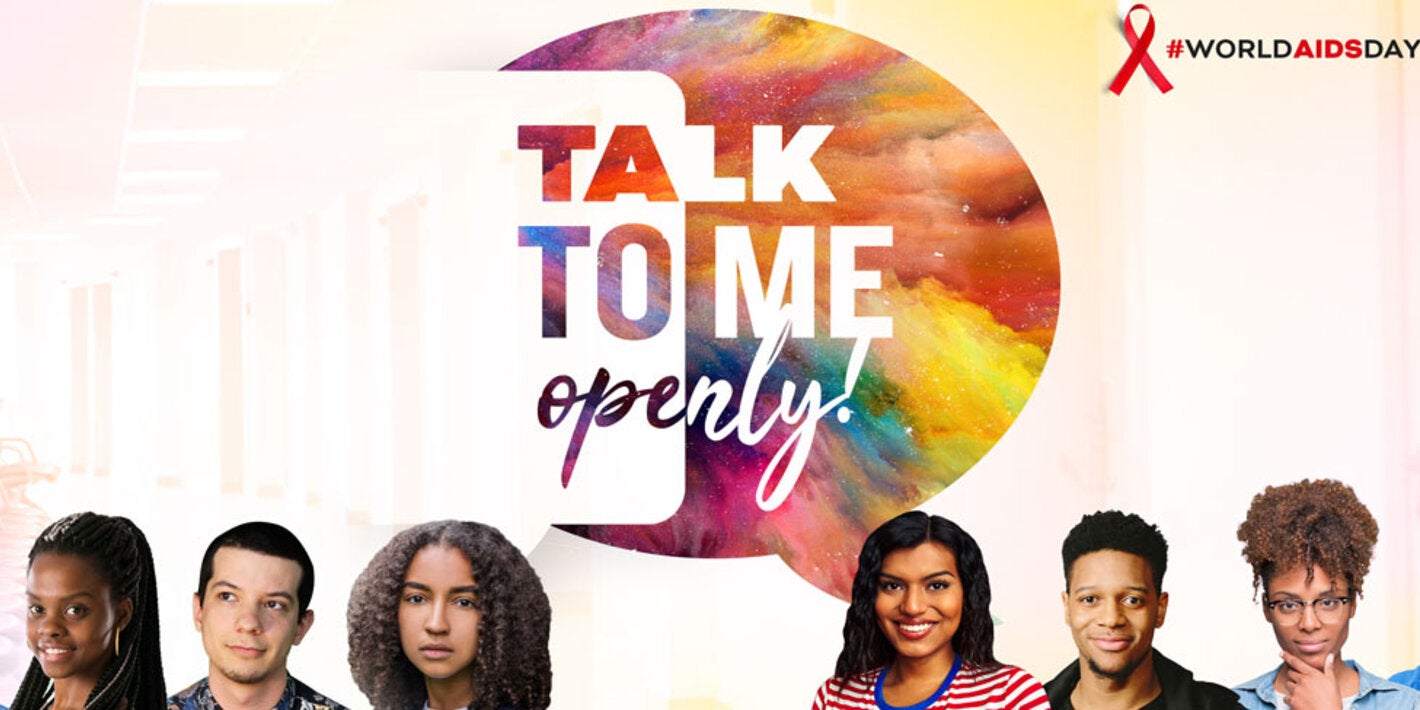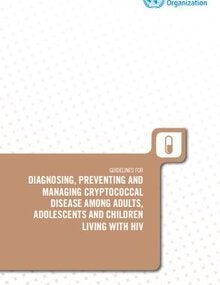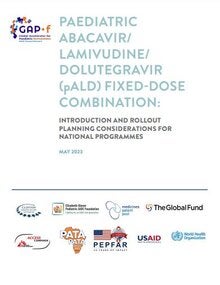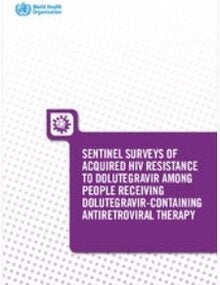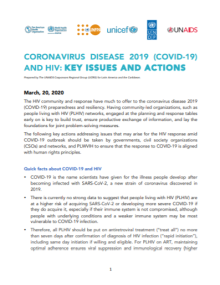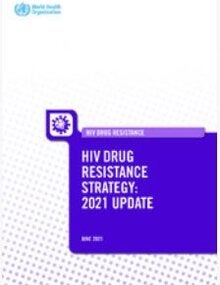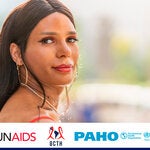SUBMENU
Antiretroviral therapy (ART) is treatment of people infected with human immunodeficiency virus (HIV) using anti-HIV drugs. The standard treatment consists of a combination of drugs (often called "highly active antiretroviral therapy" or HAART) that suppress HIV replication. The combination of drugs is used in order to increase potency and reduce the likelihood of the virus developing resistance. ART reduces mortality and morbidity rates among HIV-infected people, and improves their quality of life. The benefits of ART also include the prevention of HIV transmission by suppressing HIV replication in persons living with the virus. This benefit of ART is also defined as “undetectable equal untransmittable” , or U=U.
Visit PAHO Strategic Fund.
In 2016, WHO published the new Consolidated guidelines on the use of antiretroviral drugs for treating and preventing HIV infection. These guidelines provide guidance on the diagnosis of HIV infection, the use of antiretroviral (ARV) drugs for treating and preventing HIV infection and the care of people living with HIV. They are structured according to the continuum of comprehensive HIV testing, prevention, treatment and care. WHO recommends initiating ART in all persons living with HIV, regardless of WHO clinical stage and at any CD4 cell count (also called "treat all"), the use of preferred first-line regimens based on dolutegravir (DTG), and the use of pre-exposure prophylaxis (PrEP) as an additional prevention choice for people at substantial risk of HIV infection as part of combination HIV prevention approaches.
Visit the WHO HIV website for more information on HIV treatment and care.
PAHO supports Member States in strengthening their supply chain management systems and processes for antiretroviral medicines. The Strategic Fund of the Pan American Health Organization (PAHO) is a regional technical cooperation mechanism for pooled procurement of essential medicines and strategic health supplies. The list of available products may be found here.






